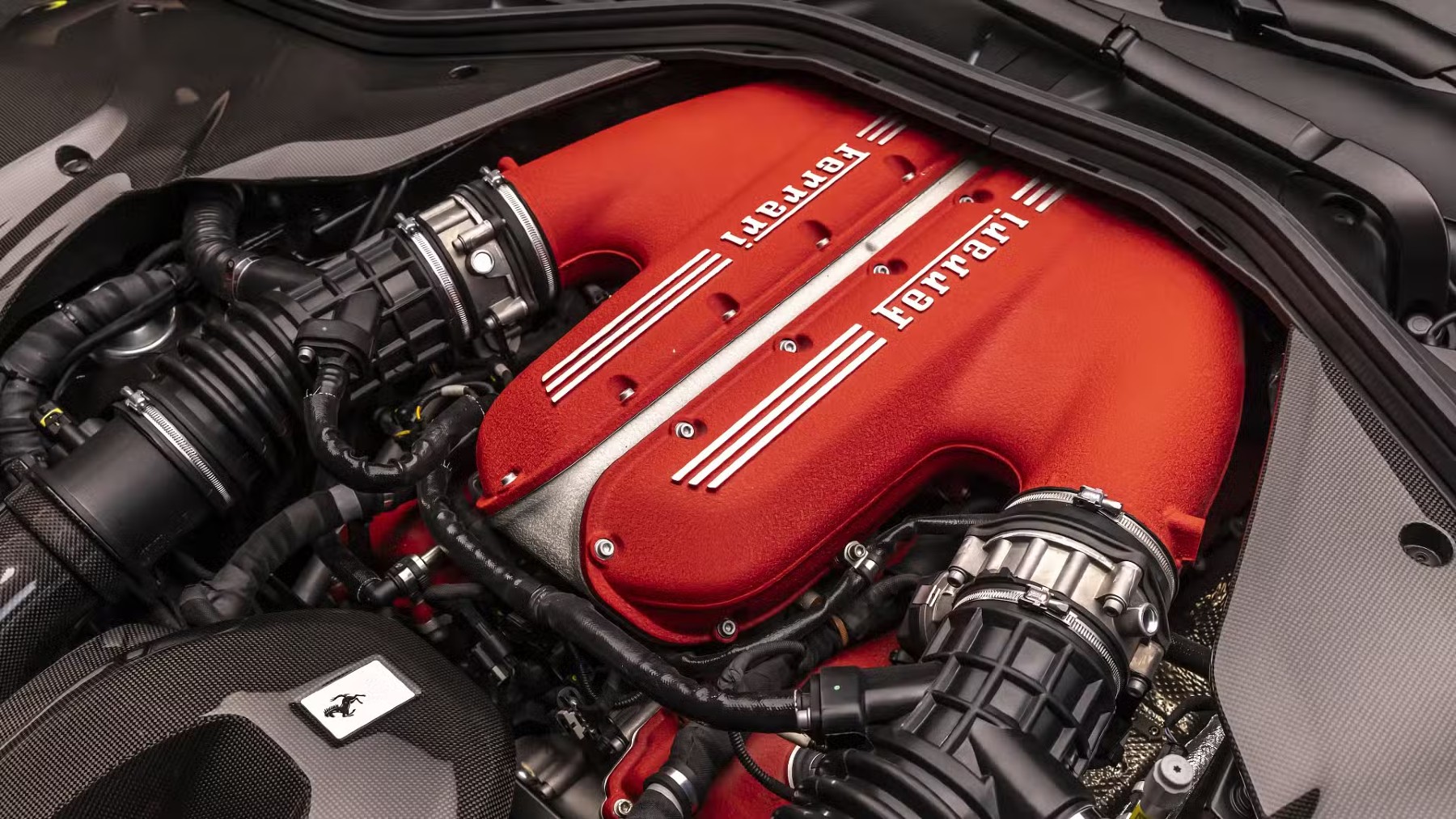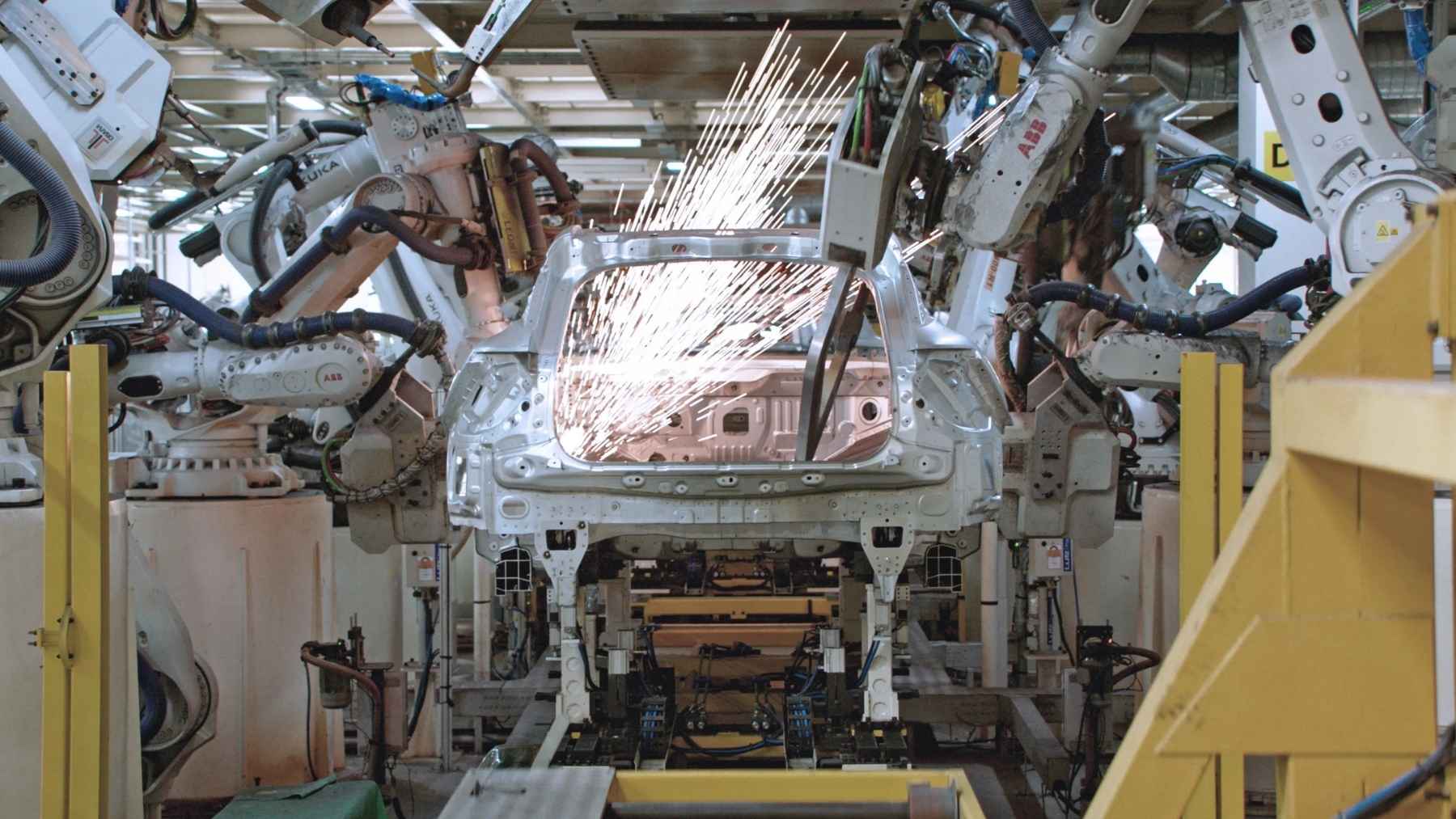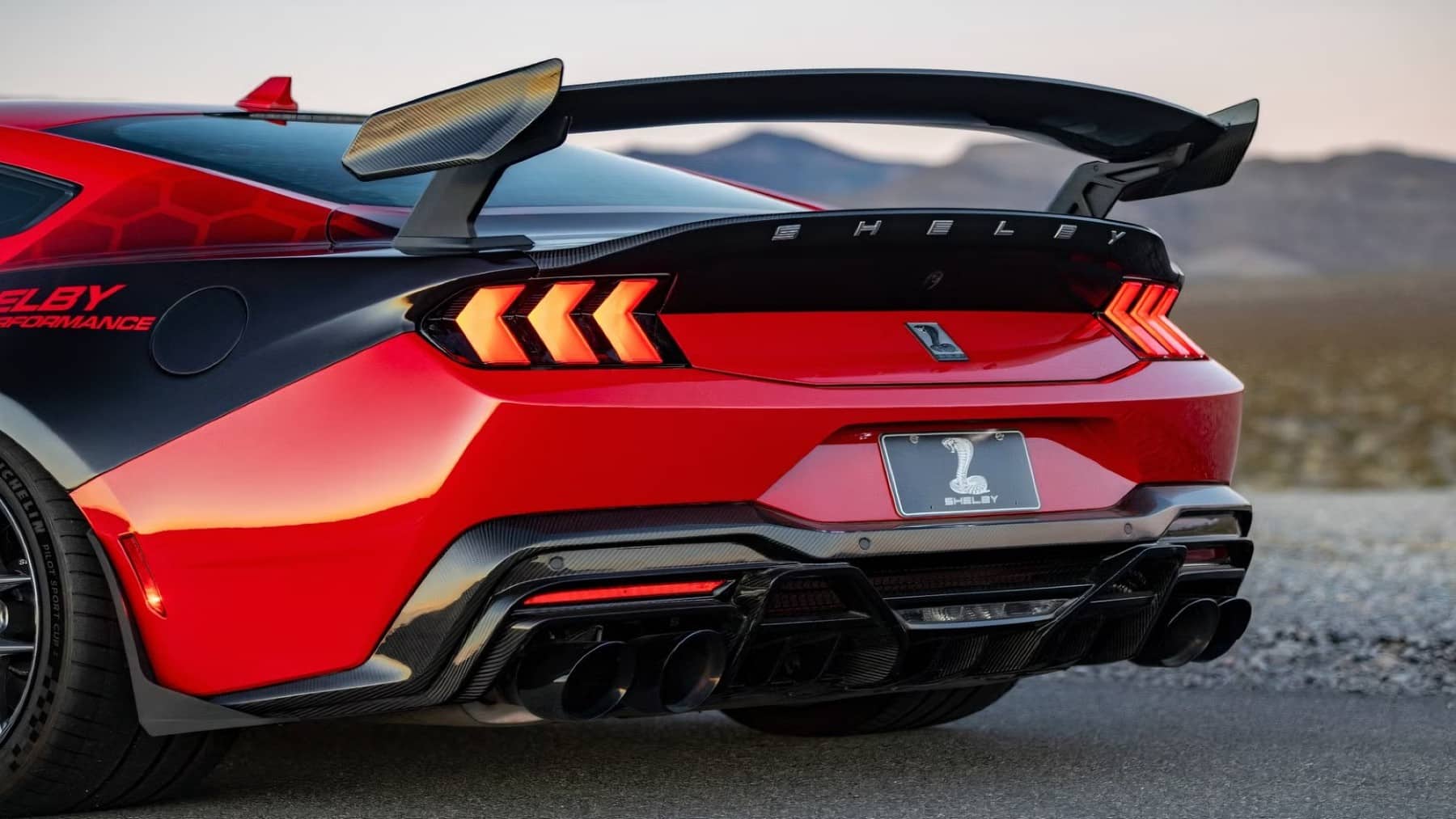As the world shifts towards greener energy solutions, Ferrari is joining the ranks with innovative engine designs in a pursuit for alternative solutions. Ferrari is most well known for their luxury vehicles with the infamous internal combustion engine. Now, Ferrari is turning their attention to hybrid technology to grow their green energy portfolios by making use of hydrogen-engine technology which has become increasingly popular in the past decade.
Unique engine design produced by Ferrari
While Ferrari is not the first to be producing hybrid engines, nor are they the first to be using hydrogen technology, but they do appear to be the first with their most recent design. The hybrid engine not only burns hydrogen for fuel, but is also upside down. While an upside down engine may seem unconventional, the setup after closer investigation makes sense in terms of its relationship with the fuel tank arrangement.
According to the design, there would be four fuel tanks. These four tanks all have a capacity to hold more than 10,000 psi of hydrogen gas, with two spherical tanks flanking each side of the engine. Additionally, two tanks would be cylindrical in shape and would sit on top of the engine, with the longer of the two forward of the rear wheels. The car is set to be a hydrogen hybrid with an electric motor driving the front wheels.
Upside down engines- are they viable?
While there isn’t necessarily anything functionally wrong with an inverted engine, the biggest challenge they face is fighting against gravity. In an inverted engine, there may be problems with oil circulation and lubrication due to the positioning. In a conventional wet-sump oiling system, gravity is responsible to help drain oil back down to the oil pan and the pump and circulate it where it is required. The crankshaft is also low in a conventional engine, so the oiling path isn’t far from the pump.
There are however advantages which can be gained from having an inverted engine. The upside-down design means that there is the potential for improved weight distribution to enhance stability across the vehicle. It can also allow for a more compact design by saving space. It may also improve air circulation to help with cooling. Additionally, it allows for easier integration of hydrogen tanks which would be Ferrari’s main objective with the hybrid system.
To solve the problems associated with oil-flow in an inverted engine, a pressurized dry-sump oiling system is introduced into the vehicle. Ferrari and designed three pumps where one is used for pressurizing the feed side located on one side of the block and a pair of pumps for the recovery side positioned on the alternative side of the block. The pumps are connected to the engine via the crankshaft which then draw the oil and send it to the rest of the system.
Hydrogen cars set to the future of transportation
While it is unconfirmed if the design will ever see the light of day as a real engine in action, one thing which rings clear is that hydrogen is fast becoming the fuel of the future alongside electric technology. While electrical vehicles have revolutionized the green automobile sector, the increasing interest in hydrogen offers up a wider range of possibilities in sustainability within the automobile industry.
While Toyota has been spearheading hydrogen technology for the past two decades, other companies including Ferrari are fast catching on. Hyundai and Honda have already released their own hydrogen-powered cars while Tesla has also announced plans to release a hydrogen fuel powered engine as early as 2025. The possibilities of having hybrid systems which work off of both electric and hydrogen which completely eliminates fossil fuels is also an exciting potential.














